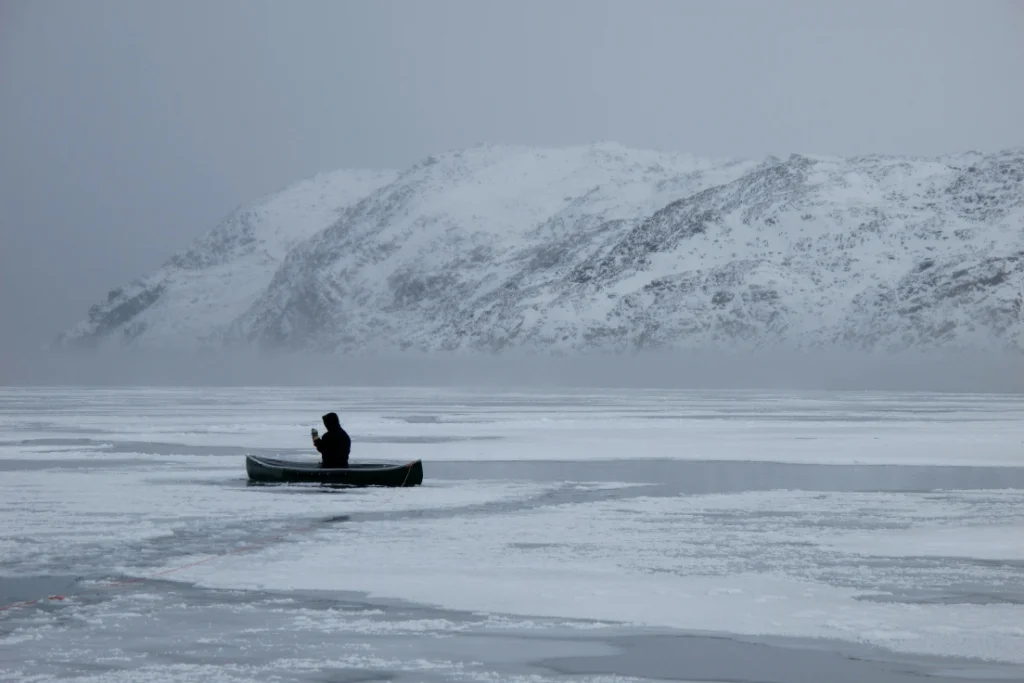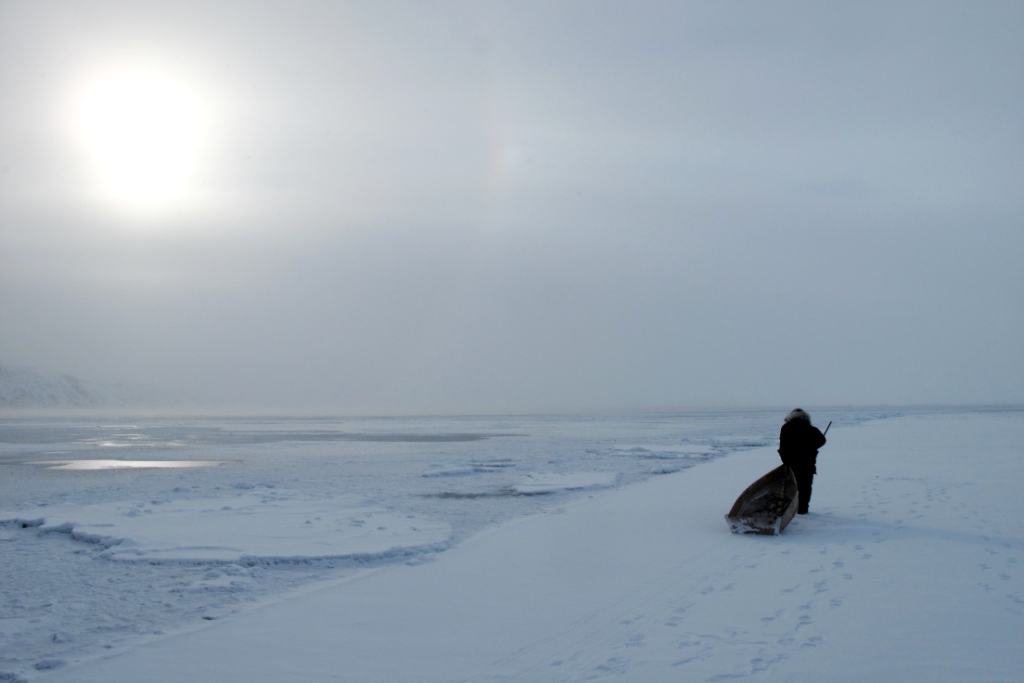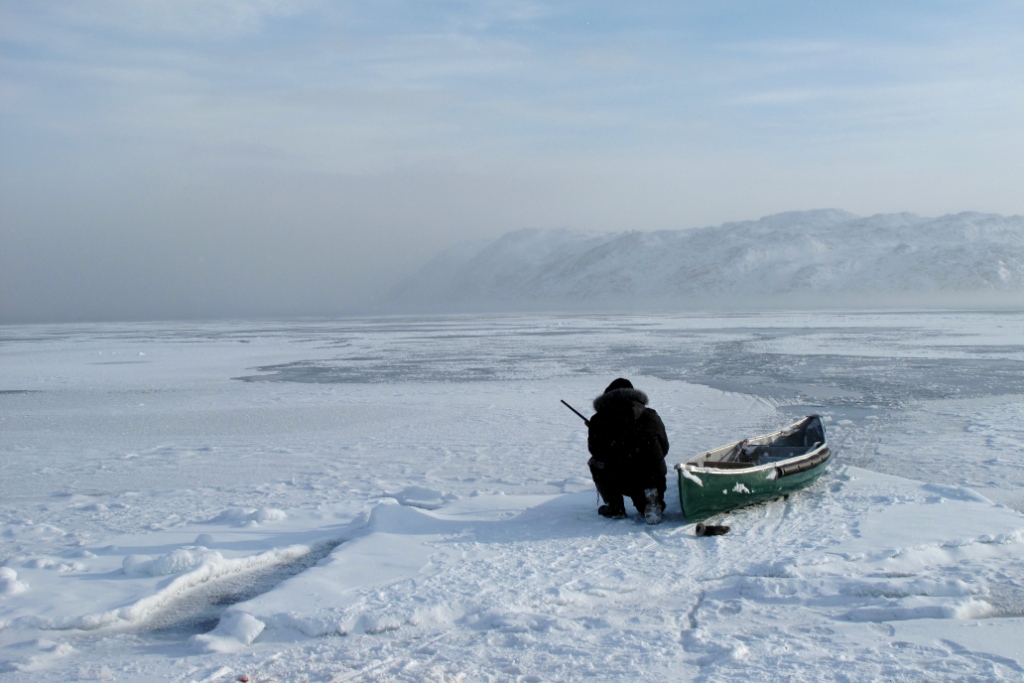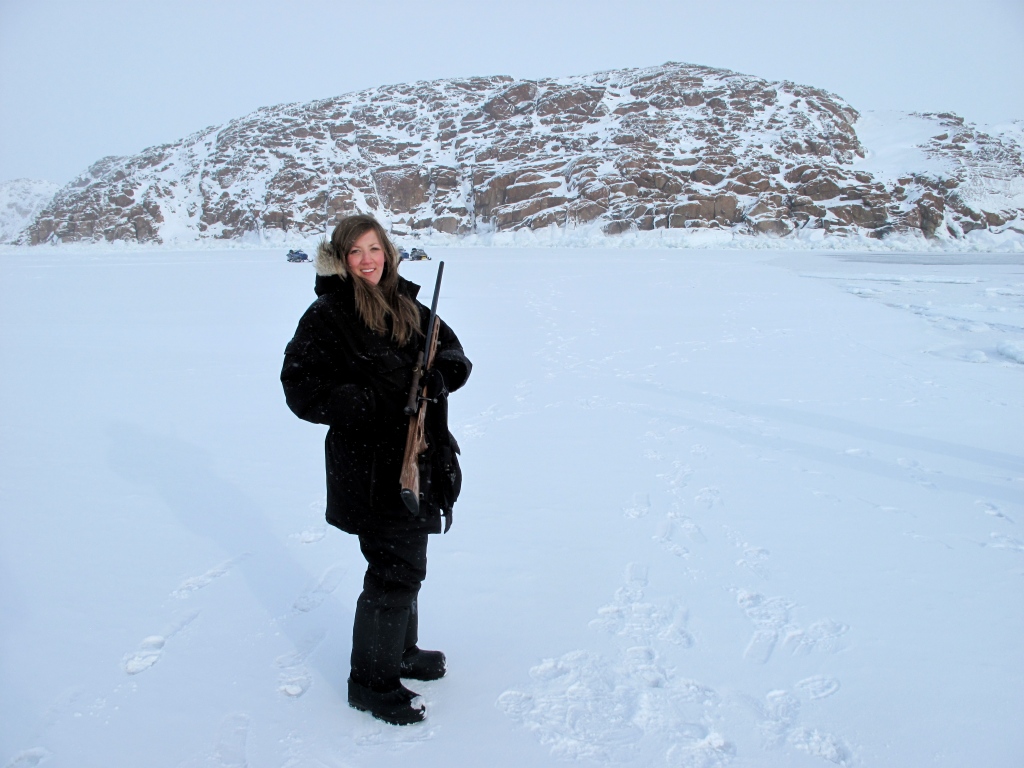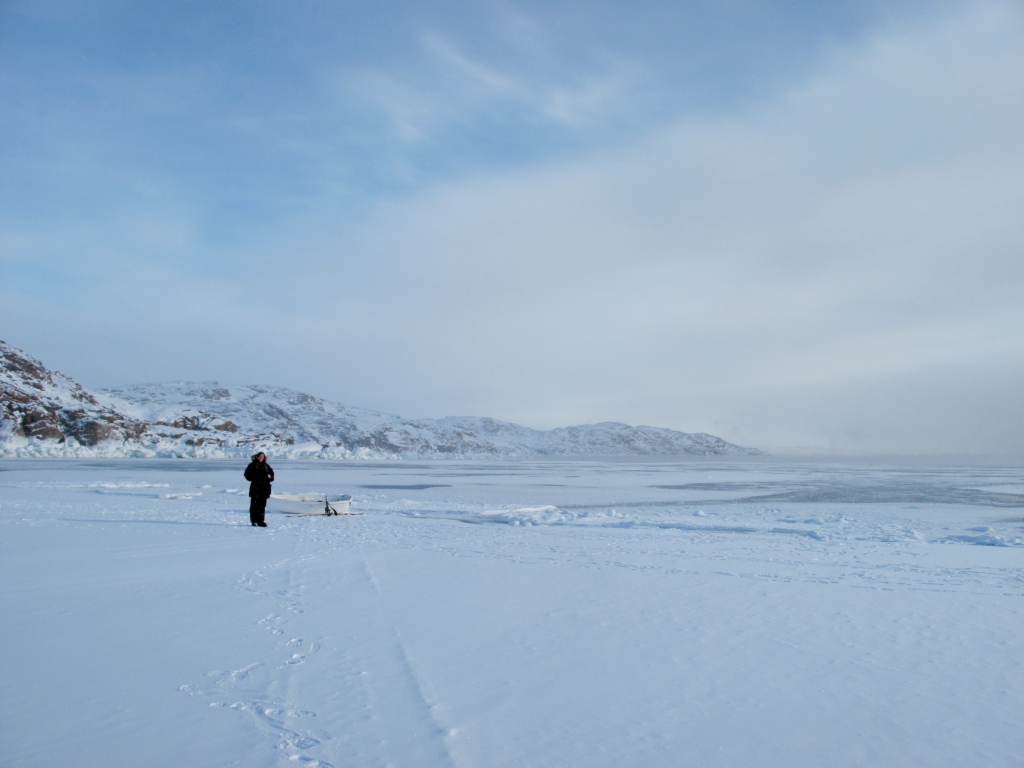Yesterday, the World Trade Organization decided to uphold the European Union ban on seal products. The European Union officially banned the import of seal products in 2009.
Inuit Tapariit Kanatami, the federal organization that represents 55,000 Canadian Inuit, believes the EU ban is discriminatory against Inuit. Although the ban exempts Inuit, Eldred Woodford, President of the Canadian Sealing Association, has stated that, "Unless you have a decent commercial hunt elsewhere to provide the needed marketing of those products, the exemption will be useless, even to Inuit hunters."
Indeed, international demand and prices for all sealskins collapsed after the adoption of the EU seal ban, despite the Inuit exemption to the ban. Since 2009, most Nunavut sealskins have been sold within Canada and Nunavut, but prices have stayed well below pre-ban levels.
The federal government plans to appeal the World Trade Organization's decision to uphold the ban on seal products. It appears as though the ongoing battle wages on...
During my first trip to Iqaluit, in February 2011, I was fortunate enough to experience a Canadian seal hunt first-hand. As part of my colleague's involvement in the Iqaluit Land Use Mapping Project, I was invited along on a hunting trip. Along with my friend and two local hunters, I geared up and set off on a personally life-changing experience.
At the farthest extent of the sea ice, the hunters quietly patrolled the floe edge (where the frozen sea ice meets the open ocean) in search of wildlife. They checked their scopes, loaded their bullets, and prepared their boats. I was amazed at how much time and patience was required.
After many hours, a seal was shot from the ice edge, retrieved in the canoe, and butchered on the ice. With the slick use of a sharp blade – and even sharper wit – the seal was transformed into meat for eating and skin for sewing. The only part of the animal left behind was a small organ that was casually thrown onto the ice. I was told that, “If it burst, it would ruin all the meat.” (Biologists help me out here...)
I know that the hunters and their families were very grateful for the successful harvest that day. I feel tremendously lucky to have been afforded an opportunity that few southern Canadians will ever have the chance to do. My experience of the seal hunt at the floe edge gave me an even greater appreciation for the knowledge, skills, and resources required to harvest such a culturally valued and deeply respected animal.
Click on the photos below to see more. The faint of heart have no need to worry – there are no graphic images.
[Sidenote: I wish that Pamela Anderson would go on an Inuit seal hunt; perhaps I should suggest it to her? After all, we are from the same hometown.]
Thank you to Graham McDowell for the use of his fabulous photographs.

